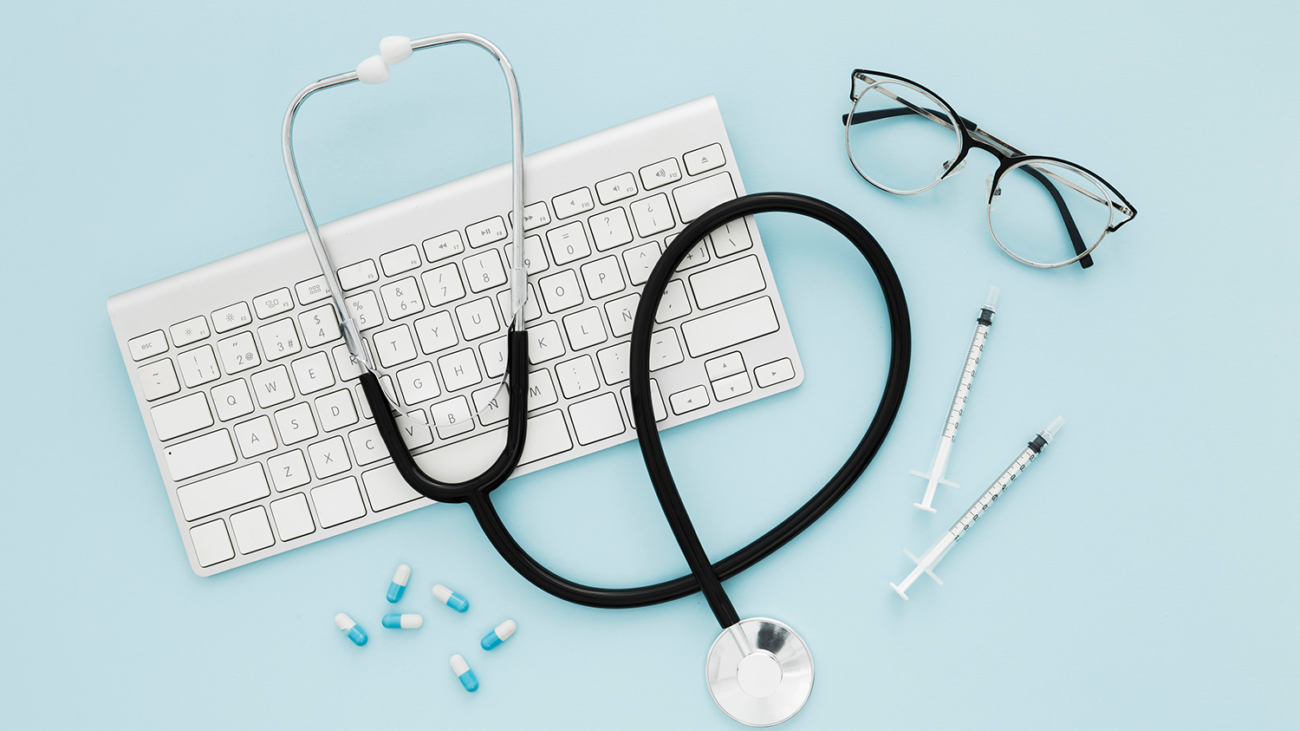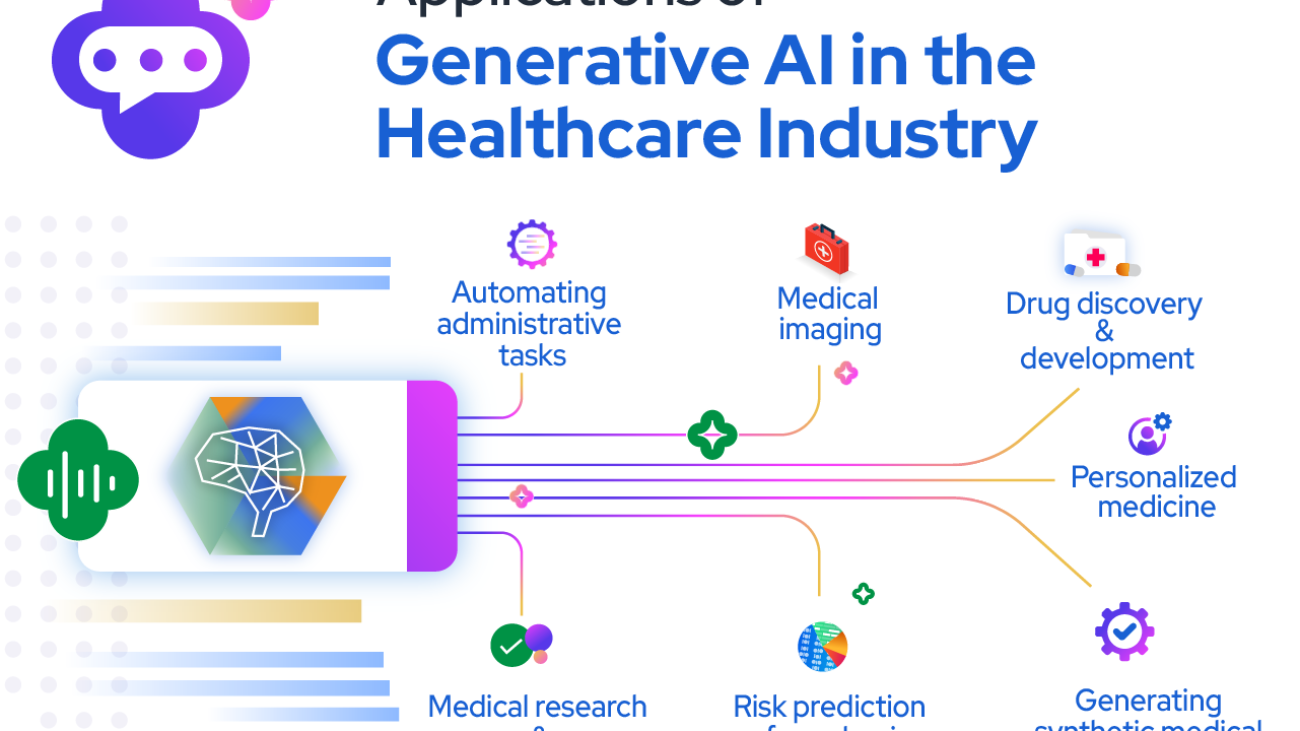Technology has revolutionized various industries, and healthcare is no exception. The integration of advanced technologies in healthcare has led to significant improvements in patient care, treatment outcomes, and overall healthcare efficiency. This blog will explore the role of technology in improving healthcare outcomes, highlighting key innovations and their impact on the healthcare landscape.
Electronic Health Records (EHRs)
Electronic Health Records (EHRs) have transformed the way patient information is recorded, stored, and accessed. EHRs provide a comprehensive digital record of a patient’s medical history, including diagnoses, treatments, medications, and lab results. This centralized information system facilitates seamless communication among healthcare providers, ensuring that everyone involved in a patient’s care has access to up-to-date and accurate information. EHRs enhance the coordination of care, reduce medical errors, and improve the overall quality of patient care.
Telemedicine and Remote Care
Telemedicine has emerged as a game-changer in healthcare, especially in remote and underserved areas. Telemedicine platforms enable healthcare providers to conduct virtual consultations with patients, reducing the need for in-person visits. This is particularly beneficial for patients with limited mobility, chronic conditions, or those living in rural areas. Telemedicine improves access to care, allows for timely medical interventions, and enhances patient convenience. It also helps reduce healthcare costs by minimizing unnecessary hospital visits and admissions.
Artificial Intelligence and Machine Learning
Artificial Intelligence (AI) and Machine Learning (ML) are driving significant advancements in healthcare. AI algorithms can analyze vast amounts of data to identify patterns and predict outcomes, enabling early diagnosis and personalized treatment plans. For instance, AI-powered tools can detect early signs of diseases such as cancer, heart disease, and diabetes from medical images and patient data. These technologies enhance diagnostic accuracy, reduce the likelihood of human error, and enable more effective and targeted treatments.
Wearable Health Devices
Wearable health devices, such as fitness trackers and smartwatches, are empowering patients to take control of their health. These devices monitor various health metrics, including heart rate, physical activity, sleep patterns, and blood pressure. The data collected by wearable devices can be shared with healthcare providers, offering valuable insights into a patient’s health and lifestyle. This continuous monitoring enables early detection of potential health issues and supports proactive health management.
Robotics and Automation
Robotics and automation are revolutionizing surgical procedures and other medical interventions. Robotic-assisted surgeries allow for greater precision, smaller incisions, and faster recovery times. Automation in healthcare settings, such as automated medication dispensing systems and robotic process automation (RPA) for administrative tasks, enhances efficiency and reduces the risk of errors. These technologies contribute to better patient outcomes by improving the accuracy and efficiency of medical procedures.
Big Data and Predictive Analytics
The healthcare industry generates vast amounts of data, and big data analytics is helping to make sense of this information. Predictive analytics uses data to forecast health trends, identify at-risk populations, and optimize resource allocation. By analyzing patient data, healthcare providers can develop personalized treatment plans, predict disease outbreaks, and implement preventive measures. Big data analytics supports evidence-based decision-making, leading to improved patient outcomes and more efficient healthcare delivery.
Genomics and Personalized Medicine
Advances in genomics are paving the way for personalized medicine, which tailors medical treatment to an individual’s genetic profile. By understanding a patient’s genetic makeup, healthcare providers can predict their susceptibility to certain diseases and determine the most effective treatments. Personalized medicine offers the potential for more accurate diagnoses, targeted therapies, and reduced adverse reactions to medications. This approach enhances the effectiveness of treatments and improves patient outcomes.
Mobile Health (mHealth) Applications
Mobile health (mHealth) applications are transforming the way patients manage their health. These apps provide tools for medication management, appointment scheduling, health tracking, and access to medical information. mHealth applications empower patients to take an active role in their healthcare, improve medication adherence, and facilitate communication with healthcare providers. The convenience and accessibility of mHealth apps contribute to better health outcomes by supporting patient engagement and self-management.
Conclusion
Technology is playing a crucial role in improving healthcare outcomes by enhancing the accuracy, efficiency, and accessibility of medical services. From electronic health records and telemedicine to artificial intelligence and wearable devices, technological innovations are transforming the healthcare landscape. These advancements are enabling early diagnosis, personalized treatments, and proactive health management, ultimately leading to better patient outcomes and a more efficient healthcare system. As technology continues to evolve, its impact on healthcare will only grow, promising a future where high-quality care is accessible to all.




